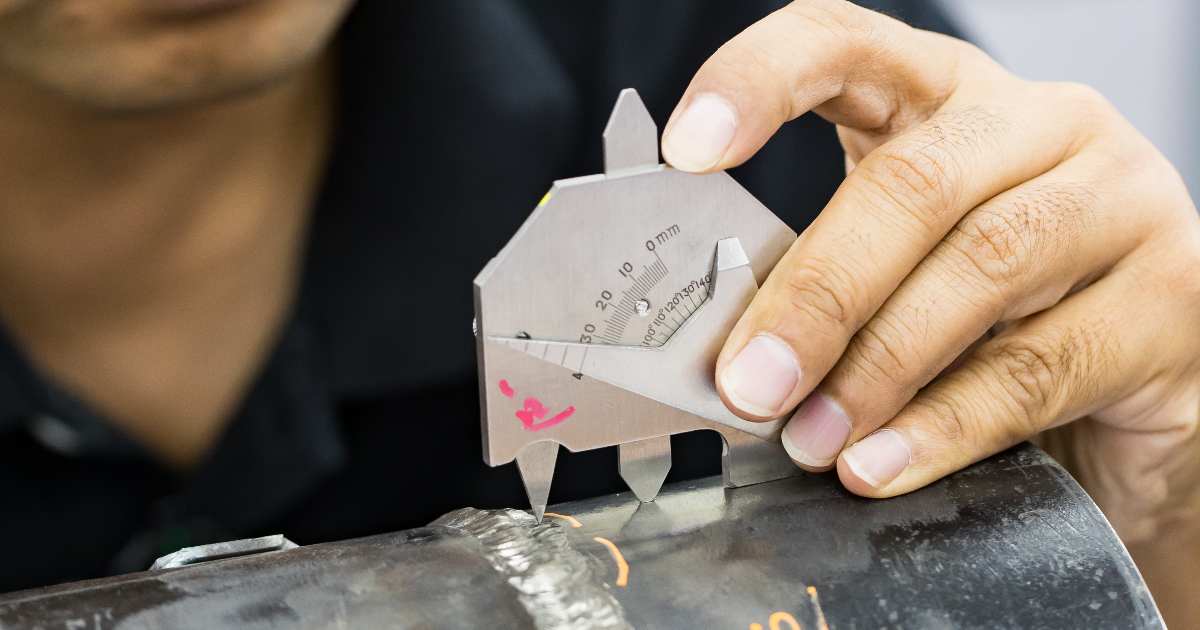Welding is a critical process in many industries, including construction, automotive, aerospace, and manufacturing. Ensuring the quality, safety, and reliability of welded structures and components is paramount. This is where standards and norms come into play. They provide a framework for consistent practices and quality assurance across the welding industry. This article explores the importance of standards and norms in welding, focusing on key standards such as ISO and their impact on the industry.
The Role of Standards and Norms in Welding
Standards and norms in welding serve several essential functions:
- Assurance qualité
- Cohérence: Standards ensure that welding processes produce consistent results, which is crucial for maintaining the structural integrity of welded components.
- Reliability: Adherence to standards guarantees that welds meet predefined quality criteria, enhancing the reliability of the final product.
- Sécurité
- Worker Protection: Standards outline safety procedures and requirements for protective equipment, reducing the risk of accidents and injuries.
- Public Safety: Ensuring the structural integrity of welded components is vital for public safety, particularly in critical infrastructure projects like bridges and buildings.
- Conformité réglementaire
- Legal Requirements: Many countries have regulations that mandate compliance with specific welding standards to ensure public safety and environmental protection.
- Industry Standards: Compliance with industry standards is often required to do business, especially in sectors like aerospace and automotive, where safety and reliability are paramount.
Key Welding Standards
- ISO (International Organization for Standardization)
ISO is one of the most widely recognized and adopted standard-setting organizations globally. In welding, ISO standards cover a broad range of aspects, from welding procedures and qualification to materials and safety.
- ISO 9606: This standard specifies requirements for the qualification testing of welders. It ensures that welders have the necessary skills and knowledge to produce high-quality welds.
- ISO 3834: This standard outlines quality requirements for fusion welding of metallic materials. It covers various aspects, including welding personnel, equipment, and quality control procedures.
- ISO 14731: This standard focuses on the responsibilities and qualifications of welding coordination personnel, ensuring that individuals overseeing welding activities are competent and qualified.
- AWS (American Welding Society)
The AWS is a prominent organization that provides standards widely used in the United States and internationally. AWS standards cover various welding processes, materials, and applications.
- AWS D1.1: This structural welding code is one of the most important standards in the construction industry. It covers the welding of steel structures and provides guidelines for design, fabrication, inspection, and qualification.
- AWS B2.1: This standard specifies welding procedure and performance qualification requirements. It is used to ensure that welding procedures produce the desired results and that welders are qualified to perform specific tasks.
- ASME (American Society of Mechanical Engineers)
ASME provides standards used primarily in the mechanical and pressure vessel industries. These standards ensure the safety and reliability of pressure-containing components.
- ASME Section IX: This section of the ASME Boiler and Pressure Vessel Code covers welding and brazing qualifications. It specifies requirements for welding procedure specifications, welder qualifications, and brazing procedure qualifications.
- ASME B31.3: This standard applies to process piping and provides guidelines for the design, materials, fabrication, assembly, erection, inspection, and testing of piping systems.
- EN (European Norms)
European Norms are standards that apply across the European Union, ensuring consistency and quality in welding practices within the region.
- EN 1090: This standard specifies requirements for the execution of steel and aluminum structures. It includes guidelines for welding procedures, qualifications, and quality control.
- EN 287/EN ISO 9606: These standards outline requirements for the qualification testing of welders, similar to ISO 9606.
Impact of Standards on the Welding Industry
- Improved Quality and Reliability
Adherence to standards ensures that welding processes produce high-quality and reliable results. This is particularly important in industries where failure of welded components can have catastrophic consequences, such as in aerospace, automotive, and construction.
- Sécurité renforcée
Standards provide comprehensive guidelines for safe welding practices, including the use of protective equipment and procedures for handling hazardous materials. This reduces the risk of accidents and injuries, protecting both workers and the public.
- Global Competitiveness
Compliance with internationally recognized standards such as ISO and AWS allows companies to compete in global markets. It ensures that products meet the quality and safety requirements of different countries, facilitating international trade and collaboration.
- Conformité réglementaire
Many countries have regulations that require compliance with specific welding standards. Adhering to these standards ensures that companies meet legal requirements, avoiding penalties and legal issues.
- Innovation and Development
Standards provide a foundation for innovation and development in welding technology. They establish baseline requirements, allowing companies to focus on improving processes and developing new techniques and materials.
Conclusion
Standards and norms play a crucial role in the welding industry, ensuring quality, safety, and reliability across various applications. Key standards such as those provided by ISO, AWS, ASME, and EN set the benchmarks for welding practices, guiding the industry towards consistent and high-quality results. The impact of these standards is far-reaching, from enhancing safety and regulatory compliance to improving global competitiveness and fostering innovation. As the welding industry continues to evolve, adherence to these standards will remain essential for maintaining the integrity and performance of welded structures and components.

